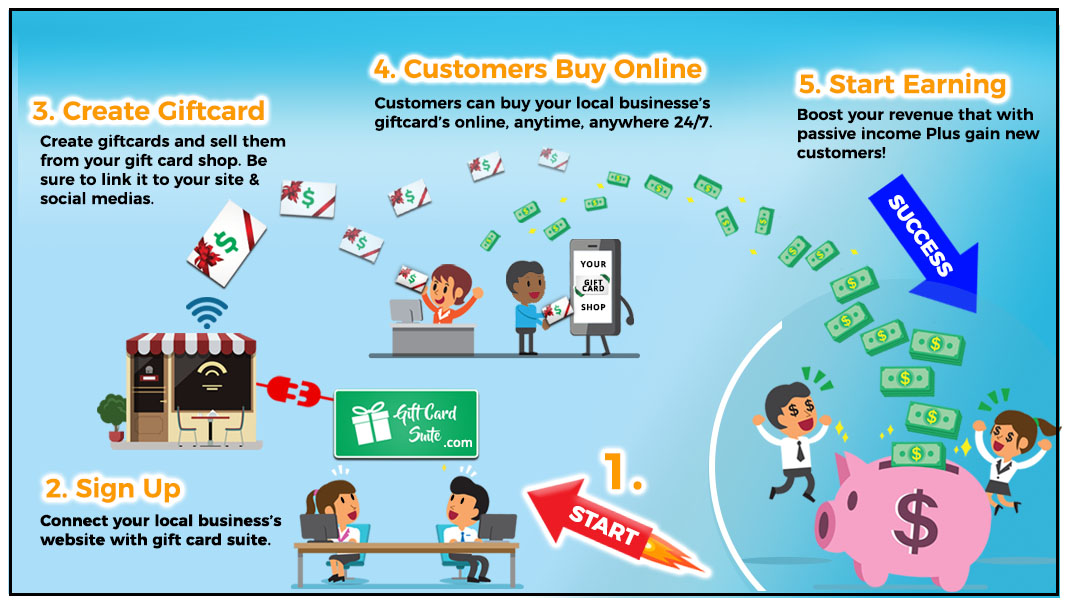Although they may seem comparable, engraving and engraving differ in their techniques and end results. Comprehending these procedures is essential for any kind of company aiming to customize glass items.
Laser engraving usages concentrated warm to melt the micro surface area of your product, developing recessed markings that stand up to damages and can be checked out under extreme conditions. It's ideal for things that require to be deducible, like industrial parts.
Visual appeals
Etching and engraving both develop long lasting, responsive layouts that stand out on the glass surface. They are suitable for jobs that require a refined, sophisticated look.
Laser etching can be utilized to etch glass, however it calls for a safety finish or shield to stop warm damage to the glass. A specialized spray or covering is available for this purpose and can be put on slim glass to lower splitting or damage throughout the inscribing process.
It's additionally possible to engrave glass by hand using a rotary tool. This method is time-consuming and labor-intensive, however it can generate premium outcomes when carried out appropriately. Be sure to use safety equipment like safety glasses and a respirator mask to safeguard on your own from dust and debris. You can begin by drawing your style on the glass with a pen, then place the rotary tool and gradually follow your design to engrave it into the glass. After the engraving is full, gently get rid of any staying dirt or residue.
Convenience
The engraving process uses a wide variety of applications for glass products. It is very versatile and can be utilized on various products and thicknesses of glass. It is likewise really specific and produces in-depth, high-contrast layouts on the glass surface. It can be utilized on both level and bent surfaces.
Glass engraving is a preferred choice for glass items like bottle, building partitions, and medspa style. It produces a soft and subtle style that is not as recognizable as etching, making it a superb option for ambient aesthetic appeals.
To minimize heat tension on thin glass, apply a protective product like concealing tape or a damp paper towel to the surface area prior to laser engraving. This absorbs and distributes laser energy to minimize local home heating and protect against cracking. Alternatively, covering the glass with a moderate cleaning agent or dishwashing soap can additionally be a reliable pre-coating. Simply bear in mind to cover just the laser-contacting face of the glass with these moisture-absorbing pre-treatments.
Resilience
Laser glass engraving produces deep, long-term markings that are durable and aesthetically striking. It's suitable for imaginative or light business objectives that call for a sleek appearance. Inscription calls for specific and regulated handling of the glass to stop heat damage and cracking. Slim or fragile glass milestone birthday glass ideas can be extra at risk to the high-contrast results of laser inscription, making it crucial to keep an eye on the procedure carefully for indications of overheating and breaking.
Etching utilizes a diamond-tipped device to cut into the surface area of the glass, developing a distinctive mark that's less visually striking than laser etching. It's a common selection for applications where a frozen result is liked, such as ornamental glass windows and customized gifts. Like laser inscription, etching is extremely precise and optimal for logos and other detailed images. Evergreen Glass makes use of advanced laser equipment calibrated for optimum efficiency to accomplish etching and engraving with remarkable precision. For included comfort, our devices feature integrated safety and security functions that guarantee safe procedure.
Expense
Glass etching involves the use of chemical remedies to produce a design. While this strategy is not as exact and efficient as laser etching, it is still a superb selection for artisanal glasswork, which can be a terrific way to boost an unique occasion present or celebratory piece.
For the very best outcomes, it is essential to examine an example piece of glass prior to using any type of etching creams. Various kinds of glass may respond differently to the chemicals. Some will certainly engrave very swiftly while others may take a lot longer. Sometimes, a piece of glass might even stop working to etch in any way!
Laser engraving entails using a computer-guided system, commonly described as a CNC (Computer Numerical Control) maker, to direct a concentrated laser beam at the surface area of the glass. This process calls for a high-level of technological skill and creative thinking. It is an efficient means to engrave detailed patterns on large-scale tasks with high levels of accuracy.
